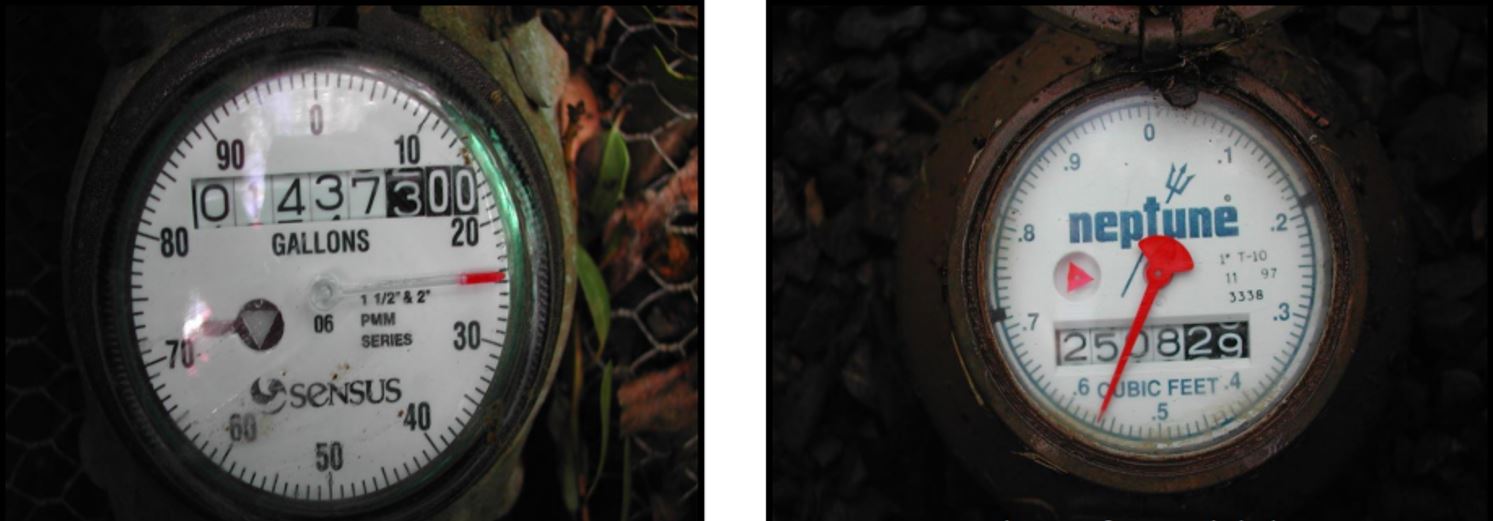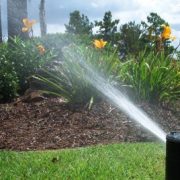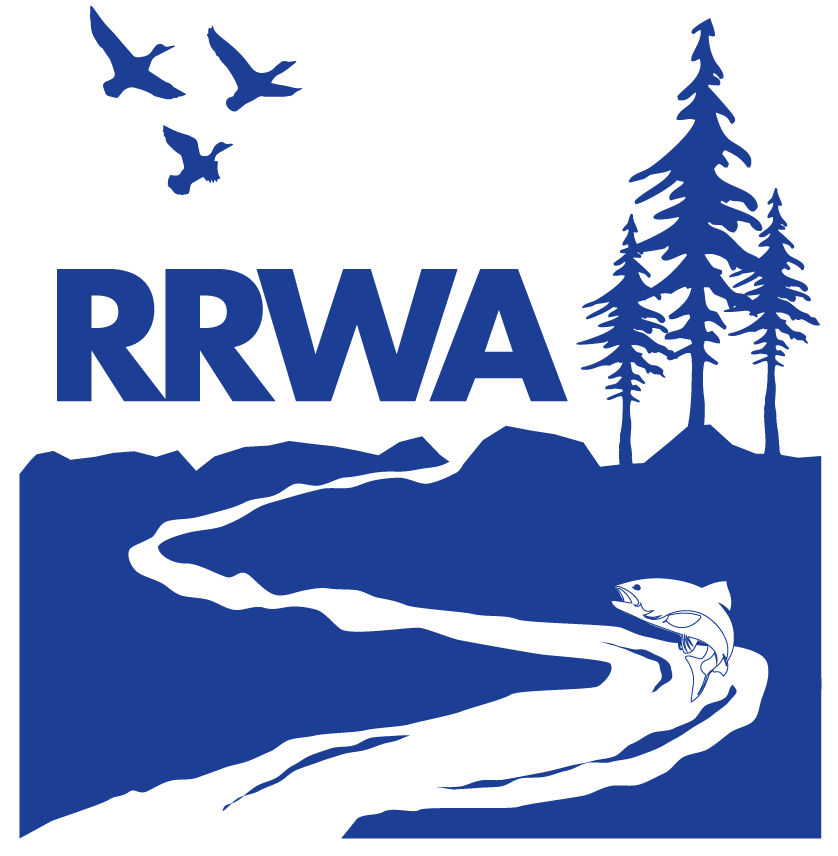Maximize Outdoor Water Use
For the first time in more than three years, the Russian River watershed received near or slightly above average rainfall. Northern California received the brunt of El Nino’s storms and, because of that, the impact of drought conditions in our area have been significantly reduced. Most of the State, however, continues to struggle with severe drought conditions and water supply issues.
In response to the change in statewide drought conditions, the State Water Resources Control Board (SWRCB) adopted a new emergency water regulation. Because most jurisdictions within the Russian River watershed have adequate, or near adequate, water supply conditions, jurisdictions will have lower or no mandatory water conservation targets imposed by the SWRCB.
Just because our water supply is reliable, does not mean that we should let go of the conservation we achieved over the last two years or that we should stop focusing on the importance of using water wisely. California is prone to cyclical drought conditions, and it is only a matter of time before we experience another one.
As we enter the summertime, our largest opportunity to reduce water use presents itself: outdoor irrigation! More than 50% of urban water is used on landscapes. Reducing water does not mean that your landscape needs to suffer though, as the average landscape receives between 130 to 300 percent more water than it needs. Overwatering is not good for plants, as they become dependent on the excess water. Also, if the excess water runs off into the street or storm drain system, it is likely a violation of the storm water permit, and could be subject to the local agency’s progressive enforcement. By following the tips and tricks listed below, you can dial-in your irrigation system, keep your plants happy and healthy, and watch the water savings flood in!
Inspect your System for Leaks
Since most of your irrigation system is underground, leaks can easily go undetected. Leaks lead to lost and/or inefficiently used water, as well as a massive water bill! Be sure to check your entire irrigation system at the beginning of your watering season to make sure everything is functioning properly: address leaks; fix broken or clogged heads; clean micro-irrigation filters; remove blockages in or around sprinkler heads to ensure they distribute water evenly.
As the watering season progresses, make sure to regularly check for leaks in your system. Learning your water meter is a great way to help you with this.
Learn to Read your Water Meter
Step 1. Locate your water meter! Most are in the sidewalk in front of your home and should be clearly marked.
Step 2. Carefully remove the lid and locate the meter. You may have to remove leaves and dirt from the face of the meter. Take care as there may be spiders and insects as well.
Step 3. Look at your meter. It should include a large dial with incremental measurements, an odometer, a low flow detector, and units of measurement (meters often read in gallons or cubic feet).
Step 4. Understanding your meter:
- The dial of the meter moves when water passes through the meter.
- When the dial makes one full rotation, the odometer increases by the amount of water equal to one full rotation (could be 100 gallons, 1 cubic foot, 100 cubic feet, or something else). The odometer tells you how much water has passed through the meter since it was installed.
- Find the low flow detector: it might be a triangle, snowflake, or some other shape. This detector is more sensitive than the large dial and will move when small amount of water passes through the meter. This can help you identify potential leaks – turn off all water in your home, if the low flow detector moves, you have a water leak!
Step 5. Read your meter monthly. Subtract the current odometer reading from the previous reading, this will tell you the amount of water used since the last reading. Your water meter is a great tool to identify leaks, understand your water usage, and make sure that you are being billed correctly.

Examples of water meter dials
Set a Water Budget and Watering Schedule
A Landscape Water Budget is an estimate of how much water is needed to maintain a healthy landscape. It is based on climate, landscape area, and plant type. The budget is calculated based on the amount of water the plants in your landscaped area need, the amount of rain expected, and the size of the landscaped area. Your water budget will tell you how much water (in gallons) your plants need to thrive. The EPA’s WaterSense website has a free Water Budget Tool available: https://www3.epa.gov/watersense/water_budget/.
Once your water budget has been calculated, determine your watering schedule based on the water delivery rate of your irrigation system; that is, how quickly water is delivered from your sprinklers or drip nozzles. Dividing how much water your plants need by how quickly your system can deliver it will tell you how long you need to run your system.
Things to consider when setting your watering schedule:
- Avoid Evaporation: Water between 8pm and 6 am to ensure that your plants receive the benefit of all of the water you are giving them. Water applied outside of this time will evaporate in the warmth of our summer days.
- Use the Cycle/Soak Watering Method: This method involves watering for shorter, more frequent periods of time with breaks in between to allow water to soak into the ground. Instead of watering once for 12 minutes, try watering for three 4-minute cycles with an hour between each cycle. This helps to avoid runoff (which is not allowed, per the SWRCB) and encourages deeper root growth. You want to make sure the water is penetrating 6 to 8 inches beneath the surface of the soil.
- Use a Smart Controller: Smart controllers use local weather and landscape conditions to adjust watering schedules based in actual site conditions. Check out the EPA’s WaterSense website for more information: https://www3.epa.gov/watersense/products/controltech.html.
If you don’t have an irrigation system controller, The City of Santa Rosa has a great tool to help you adjust your watering schedule based on weather patterns: http://srcity.org/departments/utilities/conserve/Pages/WaterSmart.aspx/
Convert your Landscape Area
Lawn is lovely and great to play on but, if you’re not using it, you should replace it! Lawn takes A LOT of water and time to maintain. Instead of worrying about keeping your lawn green, take advantage of turf or consider low- and no-water landscapes including: native, climate-appropriate, drought-tolerant plants; fruit and vegetable gardens; and/or permeable landscape surfaces such as deconstructed granite, mulch, rock, pavers, etc.
Check out the EPA’s WaterSense website for some great lawn conversion project images: https://www3.epa.gov/watersense/outdoor/landscape_photos.html.
Take Advantage of Rebate Programs
Almost all water suppliers offer rebates for water conservation installations and upgrades. In addition, they often offer water use workshops and free water saving devices. Contact your water provider today to find out about programs and incentives that can help you use water wisely and efficiently.




